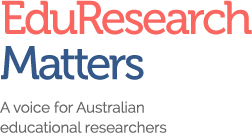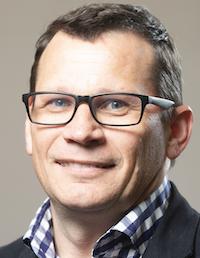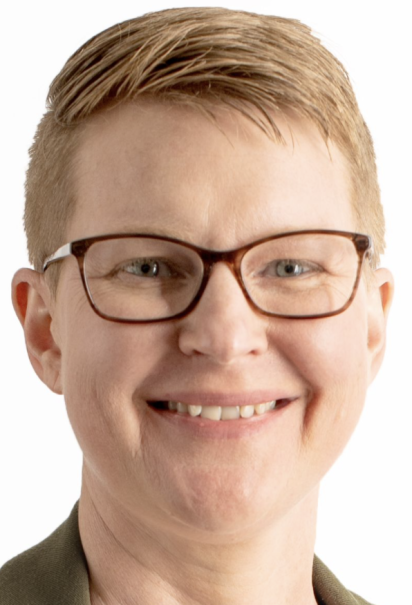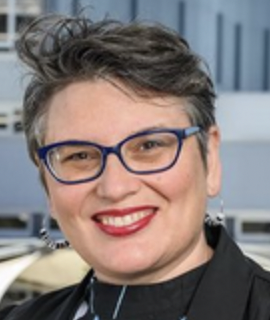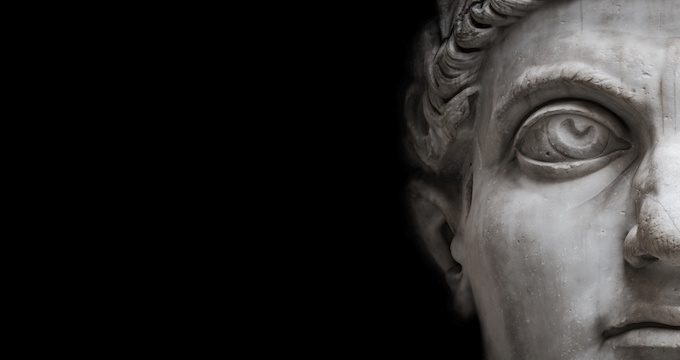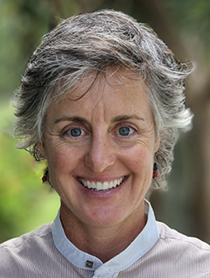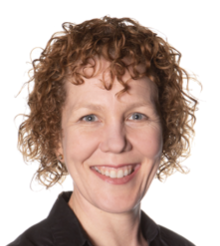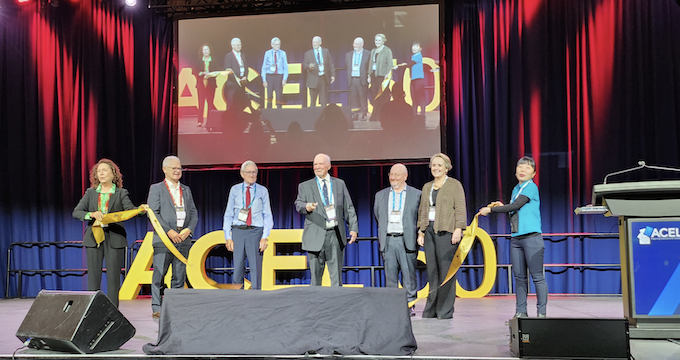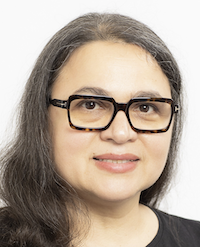The Federal Government’s white paper Working Future argues for closer cooperation between vocational education and training (VET) and higher education (HE). The goal is a seamless array of lifelong education opportunities for Australians.
Here’s the problem. VET and HE don’t always work well together, prompting commentators to characterise the Australian tertiary sector as a ‘binary’. But that’s not my only concern – the white paper reflects a degree of amnesia about the history of the sector. The silos of VET and HE are largely creations of government policy over several decades.
The call for a more effective tertiary sector runs up against a complex of differences: dimensions of curriculum, pedagogy, assessment, teacher preparation, regulation, funding and marketisation. These individual differences have sprung from government policy, even in relation to fundamentally educational categories.
One of these differences stands out as fundamental for both educators and policy makers. Curriculum is fundamental because it expresses the meaning of educational intentions and experience. In the context of Australian tertiary education and its problematic binary structure, the importance of curriculum is amplified.
On one side of the tertiary binary, a single curriculum model has been successfully imposed on providers and teachers while the other side has managed to avoid it. On the VET side, ‘competency-based training’ (CBT) was implemented as a system-wide model for all government-funded provision. Its justification was economic and social. In the 1980s, the Labour Government initiated sweeping reforms to reposition Australia as a global economic competitor across its portfolios, including VET. Higher education was targeted too, but it effectively resisted imposition of a CBT approach.
The upshot was that HE was left to follow its own lights in regard to curriculum. Of course, there are broad structures that impinge on curriculum in HE, such as the Australian Qualifications Framework, but their level of prescription is modest, at least in terms of implications for actual curriculum.
The lack of centralised control over HE curriculum turned out to be a boon for that side of the tertiary sector. It means HE providers can exercise maximum creativity in relation to curriculum, and rest on the expertise and insight of their teachers and researchers to craft learning experiences that directly reflect the requirements of disciplines, study areas and professions with a stake in HE.
Even where standards are produced by professional associations and tied to program accreditation, HE providers have latitude to meet those standards in unique and innovative ways and the conceptualisation of standards is specific to the industry involved (rather than a generic model like CBT).
It is worth pointing out that if professional standards become too prescriptive then curriculum quality suffers and teachers may become alienated.
That is precisely what has happened in VET. CBT can be regarded as a highly prescriptive implementation of standards relating to industries served by that system. Instead of high-level expressions of essential capabilities such as those prepared by Engineers Australia and used in HE engineering programs, competency standards in VET are intricately detailed and include very specific requirements about what knowledge and skills are supposed to underpin competent performances and how those performances should be assessed.
The curricular impact of adherence to such standards is hard to overstate. It is possible to imagine that very uninformed providers and teachers might benefit from that level of prescription, but for the bulk of educators in VET the imposition is frustrating and even demoralising. As such, the quality of the whole system may be compromised through overprescription of industry standards.
But it takes educational expertise to untangle many of these issues. At the level of policy making, high levels of prescription may be reassuring. Policy makers may find it difficult to trace ramifications for curriculum innovation and quality.
From a curriculum angle, an effective tertiary sector in Australia would require stepping back and considering how to find a productive balance between industry or professional standards on the one hand, and curriculum innovation on the other.
Critical here is the level of prescription attached to standards. Those representing industries and professions should leave educational decisions to those with educational expertise. As the VET experience demonstrates, it is easy for industry representatives to stray into the realm of curriculum decision-making and thereby impose constraints on educational innovation and quality that in turn undermine provider and teacher expertise and motivation.
A more effective tertiary sector would be one where great care is taken to promote curricular creativity across both VET and HE. Winding back the curricular constraints implicit in the Australian implementation of CBT in VET is one way to address the binary of our tertiary sector. At the same time, those who work in HE should remain vigilant. It is not hard to imagine a scenario in which standards for an area like Initial Teacher Education (ITE) become politicised and from there become more prescriptive and exert stronger influence over actual curriculum in ITE degrees. In a scenario like that, the quandary in which expert and caring educators in VET find themselves could become a reality for education academics responsible for ITE.
This Blog is based in part on a recent MCERA Webinar (https://www.youtube.com/watch?v=AsQKX6SoReU) and on a paper by Hodge, Guthrie, Jones and Waters currently under review. Contact Steven Hodge (s.hodge@griffith.edu.au) for a copy of the draft.

Steven Hodge is a member of the Griffith Institute for Educational Research (GIER) and of the School of Education and Professional Studies at Griffith University, where he is Director of the Master of Education and Graduate Certificate in Professional Learning programs. He is immediate past president of the Australasian Vocational Education and Training Association and key contributor to debate in Australian post-compulsory education.

